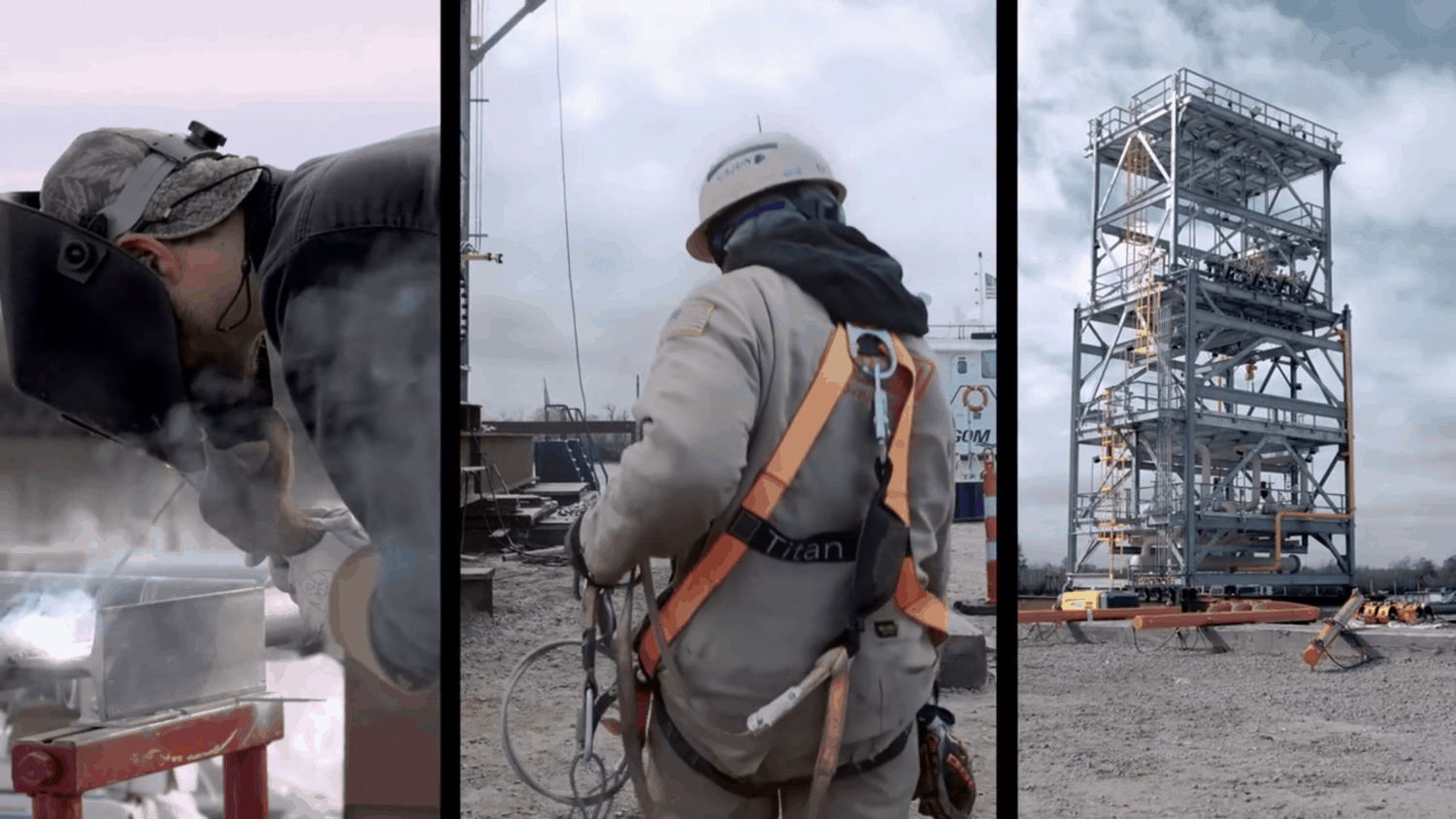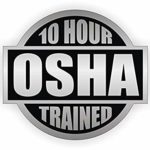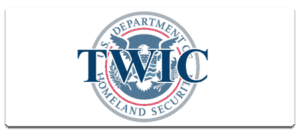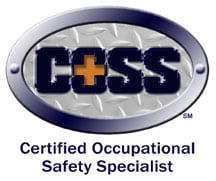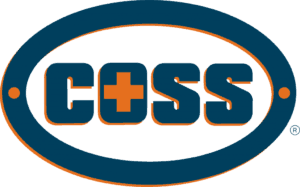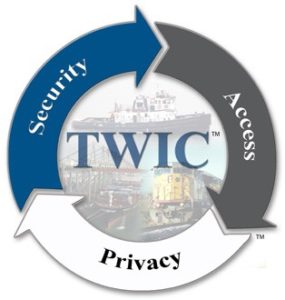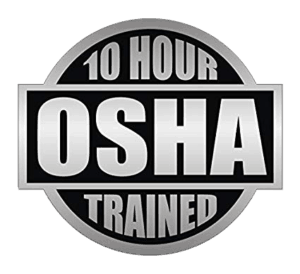Launch Media works with video production crews that are safety certified for hazardous job sites, from oil refineries to plants to industrial construction sites. We have crew members that are OSHA -10 certified, TWIC card holders, and/or COSS holders.
Safety is a state of mind, a situational awareness that is vital for our well-being and survival, especially on hazardous job sites. Though the type of work varies greatly from oil refineries to industrial construction, job site hazards remain a constant. After filming on over 50 job sites, we’ve cultivated some best practices for health and safety to make sure we are prepared and get the job done right.
1. Safety First, Shot Second
Media companies are about creative energy and artistic direction. They showcase brands and services in compelling, visual ways. And, on regular locations, the film crew can focus on their creative vision and prioritize the right angle of a shot over bodily comfort.
But, when lives are at stake, priorities change. On a high-risk job site, creativity and artistry must always come second to the health and safety of the crew members and the workers on the job site.
2. Our Buddy System
Situational awareness on a hazardous job site is paramount. Hazards change within feet, so it’s vital to know exactly what you’re stepping into and where you’re moving from.
Filming makes this a challenge. When you’re filming, you’re often looking through an eye-piece, which severely narrows your field of vision. You’re thinking about the shot and the lighting and the angle, not what’s going on around you. We came up with a simple solution to address this problem.
On hazardous sites, we use the buddy system with a shooter and a safety guide. With that policy, our safety guide holds onto our shooter by the belt, harness, or waist to guide movement. The buddy system allows our shooter focus completely on the film, and his guide to focus completely on safety.
3. Complying with Industry Safety Measures
JSA and JHA
In addition to our buddy system, we perform a job safety analysis and a job hazard analysis. Both the JSA and JHA are standard practice for workers on high-risk job sites, and we want to ensure that our film crew is sufficiently prepared for the specific risks they will encounter and the safety measures they need to take. These analyses have allowed us to identify potential hazards and modify behavior and workflow protocol accordingly.
It’s critical for our crews to be intentional in planning what they’re going to capture. We discuss all the potential problems and things that we’re going to encounter. And, these analyses ensure that our film crews are adequately prepared for project execution and integration on the job site.
PPE
Before our crews go into live construction or into a live unit, we work closely with our client to ensure that we understand all of the specific PPE (Personal Protective Equipment) requirements for their particular job site. We believe that it’s important to do everything we can to ensure our crew’s safety and to limit our interference with regular workflow. Our guys are willing to shave their beards if needed, so we show up with hardhats in hand, ready to work.
Wearing Lanyards
As industry changes demand increased safety measures, we adjust accordingly. Our crew members recognize that hand injuries, struck bye, and dropped objects are the most common industry injuries. So, we use lanyards to secure our cameras, tripods, and other gear to make sure our equipment is secure and in compliance with safety regulations.
3 Points of Contact
We understand the value in listening and being prepared. That’s why we make sure our crew members know basic safety measures, like 3 points of contact. When an operations manager has to call someone out for ignoring this rule, it wastes their time and ours. So we make sure our crew knows that you’re supposed to have 3 points of contact every time you’re moving up a ladder or stairs.
Safety Certified
Being prepared for a hazardous job site means having the necessary safety certifications for our video production crew members. We are an OSHA certified video crew, and we continuing updating as the need arises. In addition to having OSHA certified video crew members, we also have TWIC cardholders and Certified Occupational Safety Specialists.
4. Respecting Boundaries
High-risk job site expertise isn’t just about health and safety, it’s about professional respect and boundaries. When filming in most workplaces, it’s easy to ask an employee, “Oh, can you do that again?” or “Can you look at the camera?” This kind of interruption and flexibility isn’t the way to go on high-risk job sites. The possibility of peril is always present, and we have to respect the boundaries these folks set. The last thing these folks want to do is entertain some camera crew for the operator.
It’s equally important to know what not to film, and respect the very real legal boundaries of intellectual property. These job sites house sensitive intellectual property, and it’s integral to a smooth production day that our crew knows what can be shot on camera and what is off-limits.
5. Why We Film in High Risk Environments
We live in south Louisiana, and everyone knows someone who works in oil and gas or works on an industrial construction site. “I’m from Lake Charles, so I have lots of uncles and aunts, and my dad worked in similar environments. So, for me, especially with the safety space, it’s a way for me to contribute to that and be part of that lineage,” says Executive Producer John Jackson.
Though high-risk, filming for these companies is also high-reward. Our crews play a small part in contributing to overall safety messages that encourage best practice, awareness, and promote retention. Our risk is worth it if our message helps save one life.
Give us a call, and let us help you visualize what matters on your job site.
Video Crew Certifications
OSHA Certified Video Crew
TWIC Cardholders in Crew
COSS in Crew
